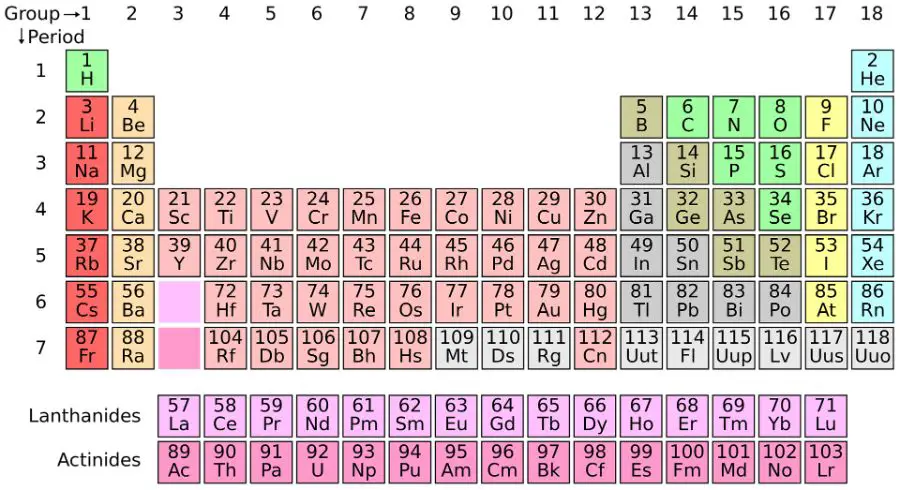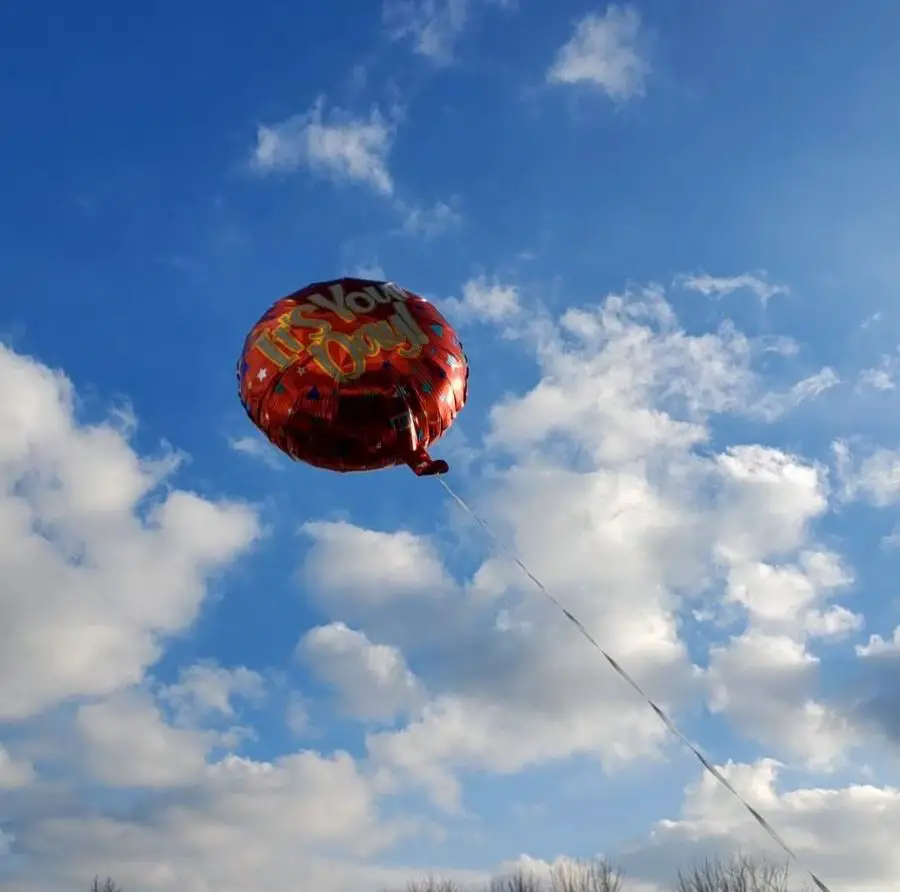Helium balloons are a fun addition to any party or event. They are an easy, inexpensive way to decorate and establish a party atmosphere.
Adding helium allows the balloons to float, which is why they are so popular. But, are they dangerous?
Generally speaking, the answer is no. Helium is not considered to be a dangerous gas.
If you were to walk past a helium balloon, you are not in any danger. However, if not used with proper care, helium balloons could still lead to other possible dangers.
Let’s explore why helium balloons are safe, what other possible hazards could arise, and how we can safely use helium balloons.
What is Helium?
To understand why helium balloons are not considered dangerous, it is important to understand what helium is.
Helium (He) is a chemical element found on the periodic table. It is lighter than air, which is why it is used to make balloons float.

Helium is an inert gas, which means that it is chemically inactive. It is non-toxic and non-flammable. And, It has no color, odor, or taste.
For these reasons, helium is a safe gas to use in balloons. There is no danger of the helium inside reacting in an explosive or dangerous way.
If a helium balloon were to be exposed to something dangerous, such as fire, the balloon would merely pop. The balloon itself would be in pieces and the gas would be released with no reaction.
There is a common misconception that helium is dangerous. Read on to find out why.
Helium vs. Hydrogen
Are there other gases that are lighter than air that could produce the same floating effect as helium? The answer is yes. That gas is hydrogen.
The reason why helium balloons might be thought of as dangerous is because, in the past, balloons were filled with hydrogen. While similar to helium, hydrogen is a much more dangerous gas.
Helium and hydrogen have similar properties, but hydrogen is reactive and flammable. This means that an innocent floating balloon could result in disaster.
If a balloon filled with hydrogen were to be exposed to something like fire, it would have an explosive reaction. As discussed earlier, this would not happen with a balloon filled with helium.
This is why helium is now universally used to make balloons float, not hydrogen.
Yes, using helium to make balloons float is not considered dangerous, but helium balloons do pose a certain temptation.
Is Inhaling Helium Dangerous?
We’ve all done it or seen someone do it. If a person opens up a helium balloon, inhales, and then talks, their voice will come out as high-pitched.
Because helium is lighter than air, it moves more quickly around the vocal chords, causing the voice to sound different.
It is certainly amusing, but it comes with risks.
Inhaling helium decreases oxygen. This can lead to minor side effects, such as dizziness, or more grave side effects, such as asphyxiation.
Asphyxiation is when the body is deprived of oxygen. This causes unconsciousness or death.
This may seem unlikely, but it is best to use caution. Helium balloons are not inherently dangerous, but they still must be used responsibly.

Possible Hazards of Helium Balloons
We’ve established that helium balloons are a safe addition to your party. So, aside from inhaling the helium in its gaseous form, what are the potential hazards you should watch out for?
Helium-Filled Mylar Balloons Pose a Danger Risk
Latex balloons are not the only type of balloon filled with helium. Mylar balloons can be filled with helium, as well.
Mylar balloons are made with a metallic coating.
If a Mylar balloon is released into the sky, it could find its way to a power line. This could have disastrous consequences.

Because a Mylar balloon has that metallic coating, it can react with the wires, resulting in fires, explosions, or power outages.
Helium-filled Mylar balloons have been the cause of thousands of power outages in the country. See what happens when a Mylar balloon meets a power line.
Balloons are Bad for the Environment
Any type of balloon, latex or Mylar, is considered bad for the environment.
Latex balloons can take years to decompose and Mylar balloons are not considered biodegradable at all.
Helium balloons have the potential for more harm, because helium allows balloons to float far and fast.
Helium balloons can travel for miles, swiftly adding to the litter and pollution of our cities, oceans, beaches, and forests. This further endangers our land and marine wildlife.
Helium Balloons Can be a Hazard Indoors
There are small hazards to watch out for when using helium balloons indoors. If a helium balloon isn’t properly secured, it can float around and get into all kinds of unplanned mischief.
Helium balloons have strings on them, which can easily be sucked into a fan. Not only would this difficult to detangle, it could potentially burn the motor out.
A helium balloon could also make its way to any fire sources, such as fireplaces or burning candles. While it may seem unlikely, it’s important to be careful with unsecured helium balloons floating indoors.
Balloons Can be a Hazard for Children
Children love playing with balloons. They’re fun, they’re colorful, and they’re an easy way to keep a child entertained.
All balloons, filled with helium or air, can be be a hazard for children. If a balloon pops, it poses a choking risk to young children.

A child could also become entangled in the string of a helium balloon, which could have dire consequences.
How to Use Helium Balloons Safely
The most important way of safely using helium balloons is to ensure that they are tied tightly and weighed down, especially if using them outside.
Do not intentionally release them. Remember, this isn’t just about personal safety, but also public safety.
Balloon weights come in all different shapes, sizes, and colors. They can be found at any party store, grocery store, dollar store, or any store that sells balloons.

You can also tie balloons to anything heavy or attached to the ground, such as furniture, mailboxes, or railings.
Also, be mindful of the balloons’ placement. Keep them away from any potential dangers, such as fire or fans.
Make sure to properly dispose of them. Latex balloons will deflate within hours, but Mylar balloons can float for days.
When you are finished with the balloons, puncture them to release any leftover gas and throw them away.
Discourage anyone from opening balloons up to inhale the helium.
And, finally, supervise children when playing with balloons.
Final Thoughts
The takeaway is that a helium balloon itself is not dangerous. Helium is a safe gas to use to achieve the floating affect in your balloons.
However, if used in an improper way, using helium balloons could have dangerous consequences.
Securing helium balloons is simply the most important step of using helium balloons responsibly.
If you take the proper precautions, there are no limits to the fun appeal helium balloons can bring to your party!




